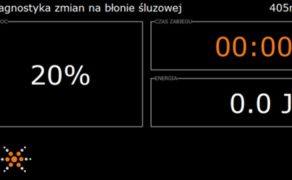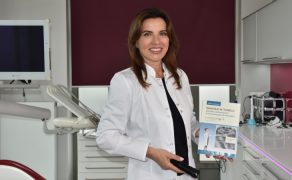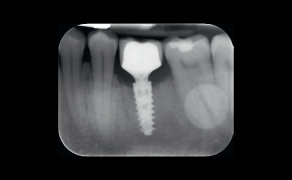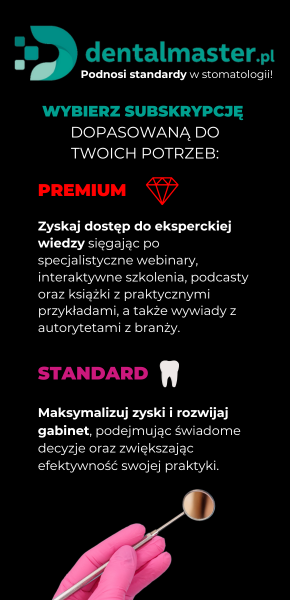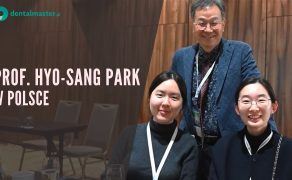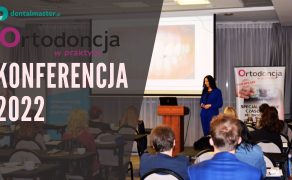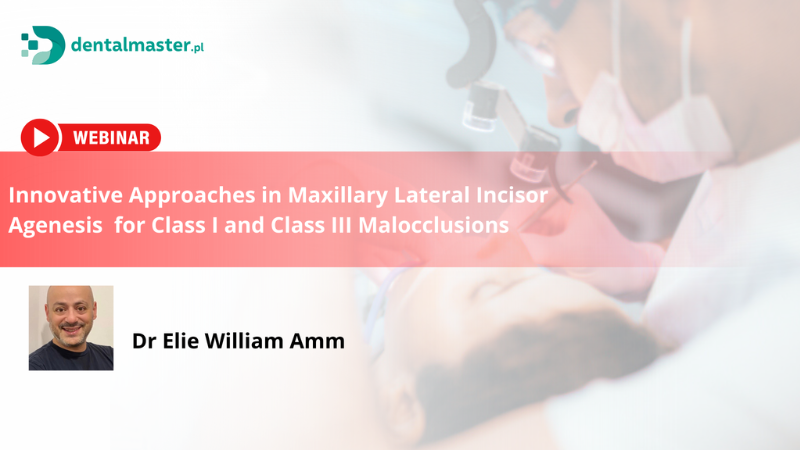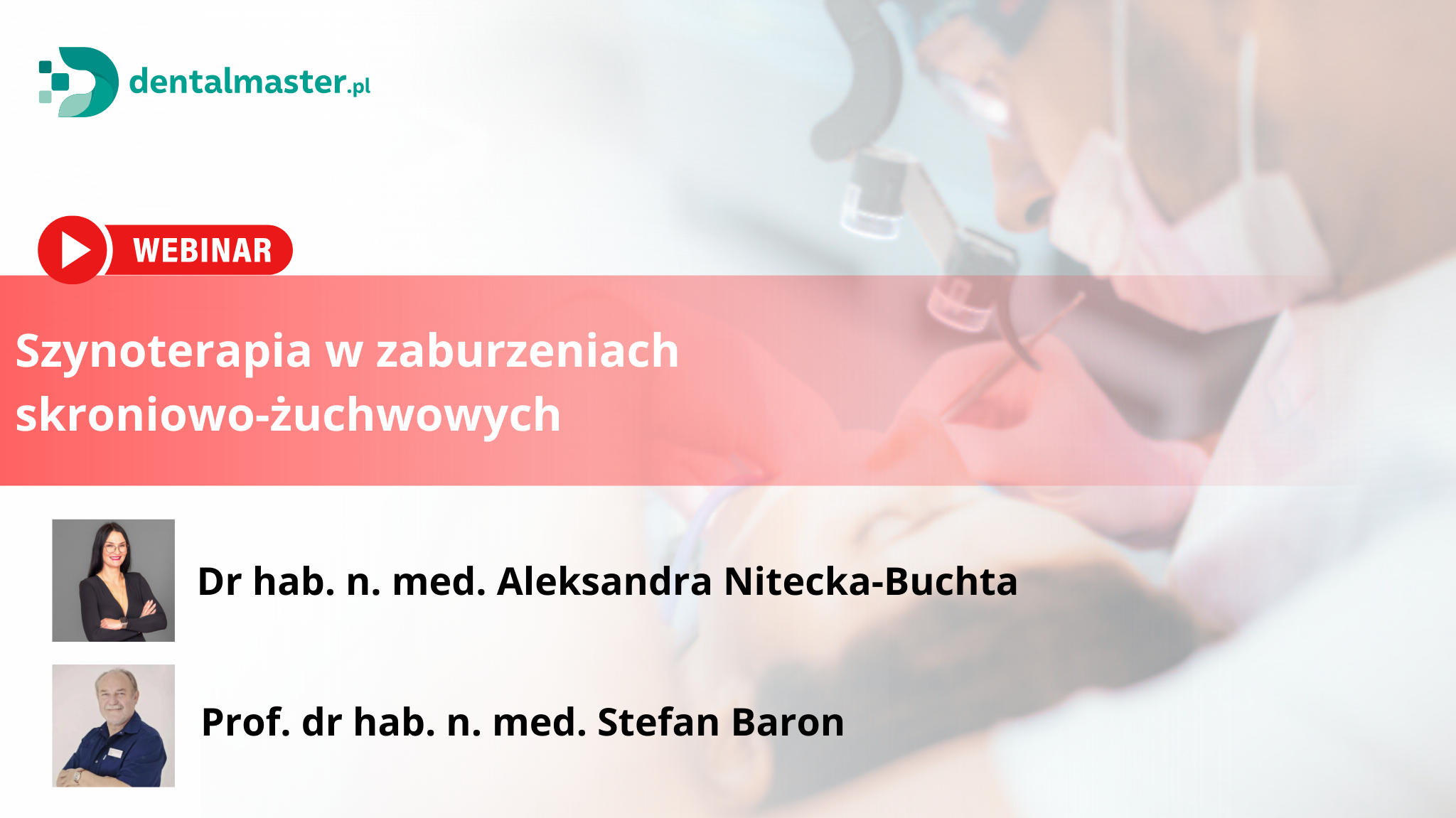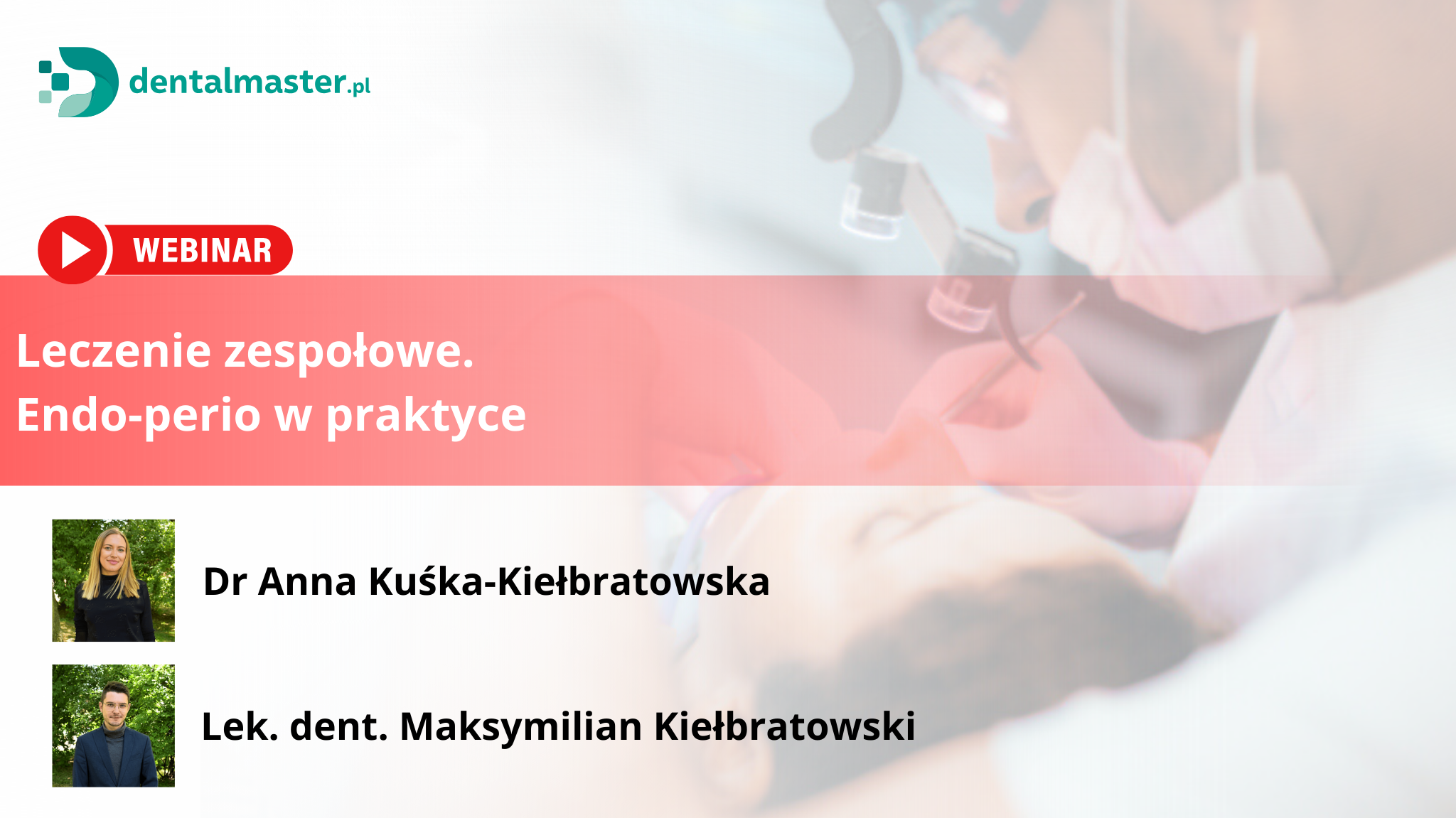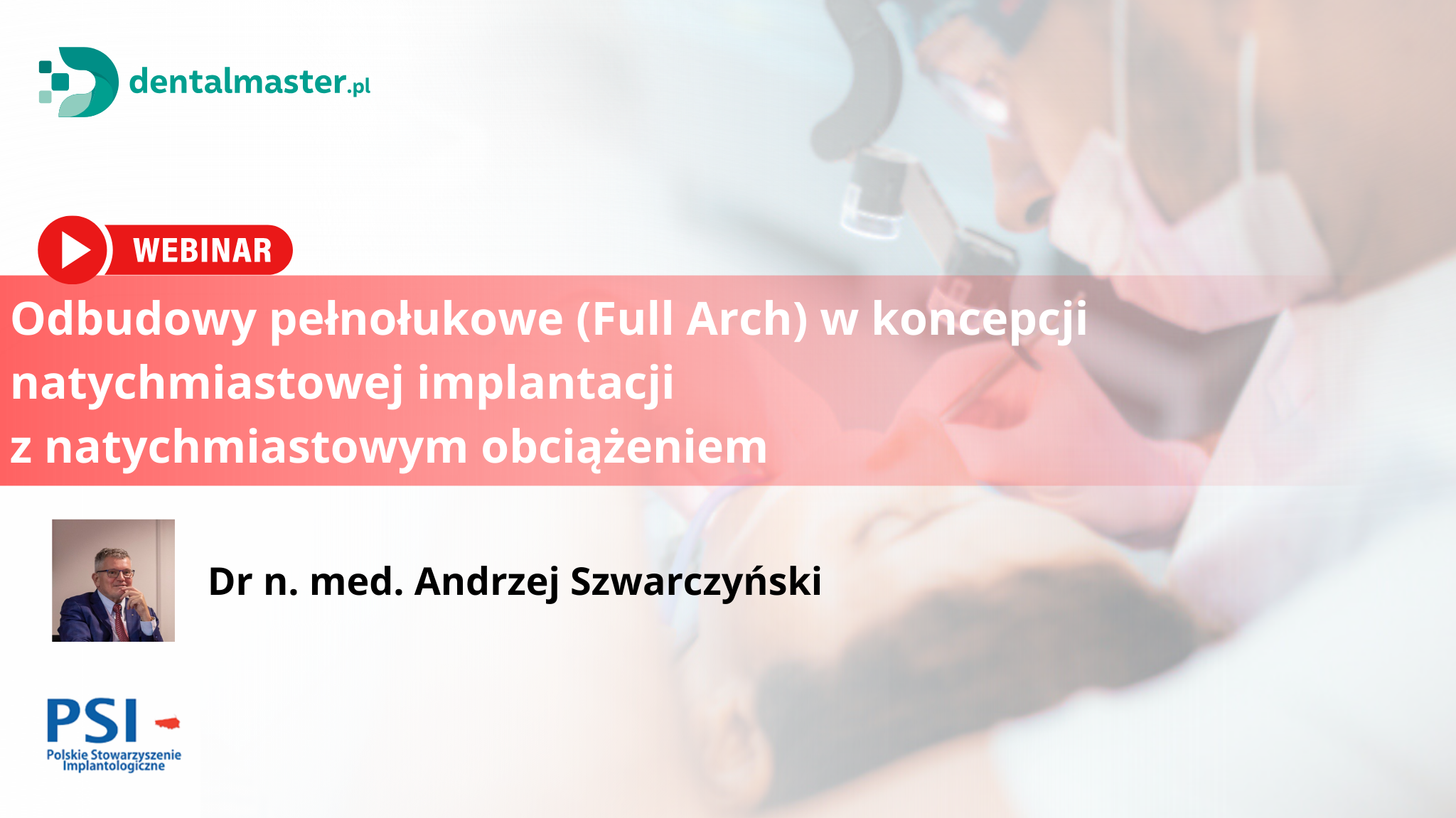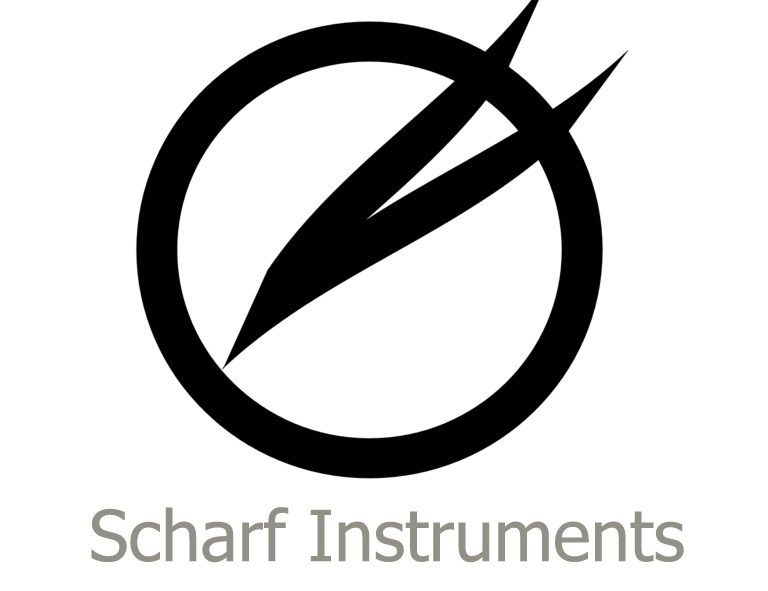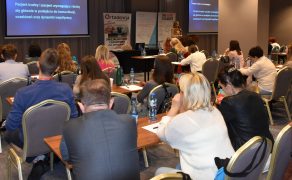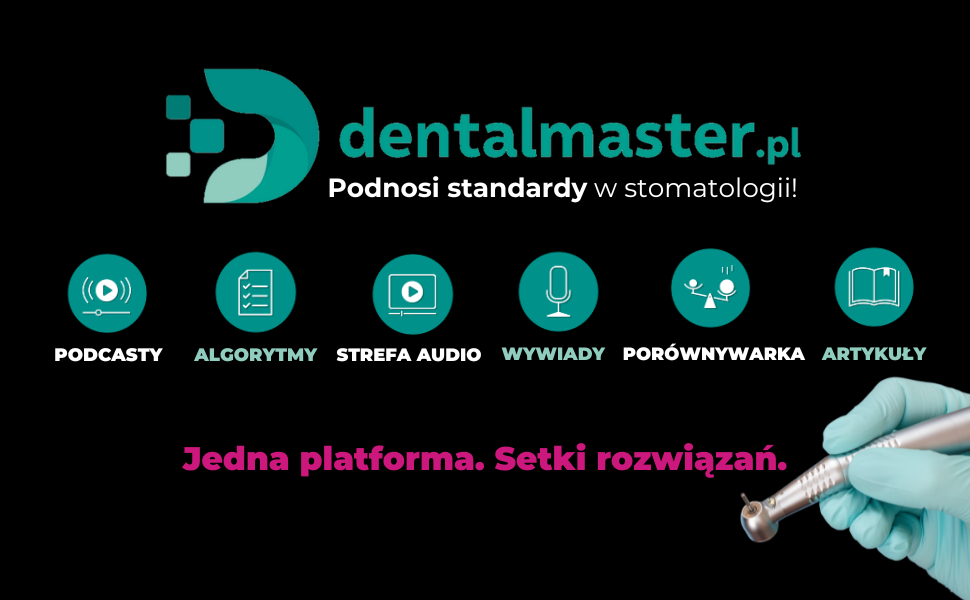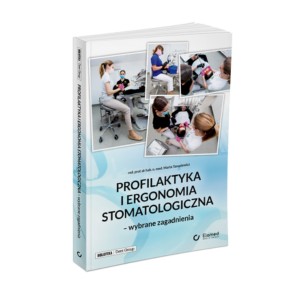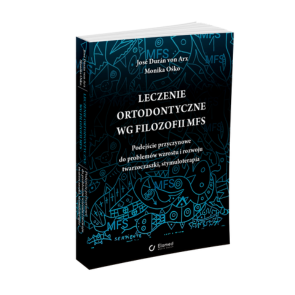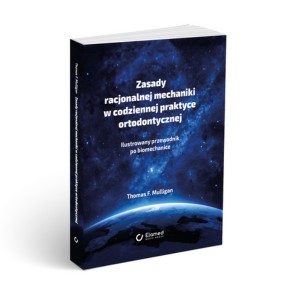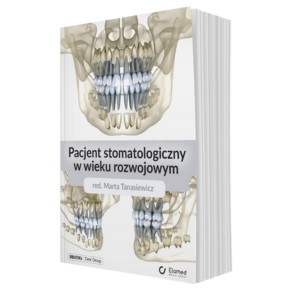Wpływ terapii fotodynamicznej (PDT) na biofilm Enterococcus faecalis w pierwotnych i wtórnych zakażeniach doświadczalnych kanału korzeniowego
Discussion
In the present study, PDT causes a reduction of bacterial viability in both primary endodontic infection and retreated root canals infected with E. faecalis. Treating root canals with sodium hypochlorite (NaOCl), PDT or a combination of NaOCl irrigation and PDT caused a significant reduction of E. faecalis in the root canals. In the cases of primary infections, the combination of NaOCl irrigation and PDT NaOCl irrigation achieved the highest number of culture-negative root canals (90%), NaOCl irrigation alone achieved culture-negative root canals in 80%, whereas after treatment using PDT only one specimen was culture-negative. For secondary infections, NaOCl irrigation achieved the highest number of culture-negative root canals, whereas after treatment using PDT all the specimens were culture-positive. Garcez et al. [24] investigated the effect of PDT in endodontic retreatments in vivo. They found that PDT as an adjuvant to conventional endodontic treatment leads to a significant further reduction of bacterial load after irrigation using NaOCl, hydrogen peroxide and EDTA and is effective against multi-drug resistant bacteria. Based on these findings, PDT is supposed to have an additional antimicrobial effect after root canal irrigation, especially on resistant microorganisms. The results of the present study cannot confirm these findings in the cases of retreatments. Microorganisms might be able to invade dentin and dentinal tubules covered by root canal filling material and might not be accessible for disinfecting agents or PDT components. Also, irrigularities in the shape of root canals, fins and [...]

którzy są subskrybentami naszego portalu.
i ciesz się dostępem do bazy merytorycznej wiedzy!



